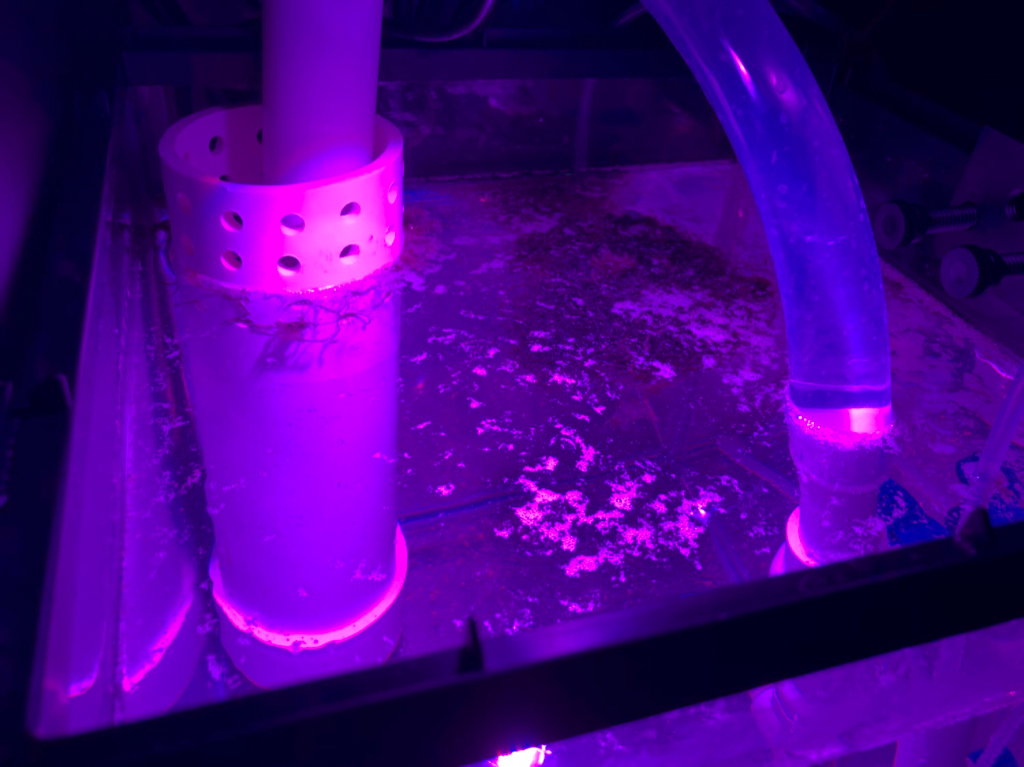Hey all,
Thought we could start a thread on how to run a successful refugium. These are important, yet often overlooked, aspects of our ecosystems. Any advice to beginners and advanced aquarists alike would be valued.
Thanks and happy reefing.
-Mr.Acro
Thought we could start a thread on how to run a successful refugium. These are important, yet often overlooked, aspects of our ecosystems. Any advice to beginners and advanced aquarists alike would be valued.
Thanks and happy reefing.
-Mr.Acro



















